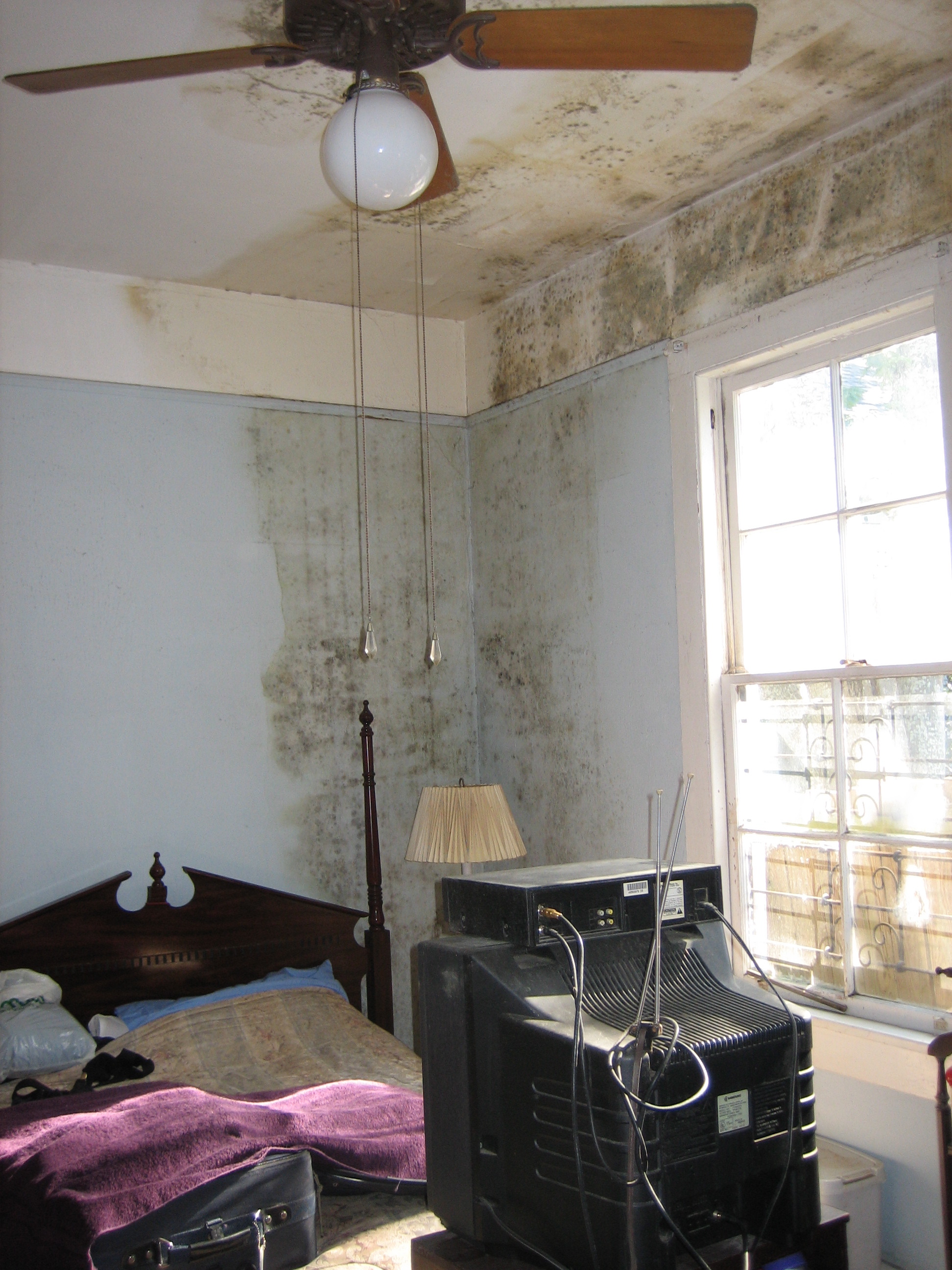 The trick thing about mold is that it often takes up residence in places where you’d least expect it. It makes sense that mold and mildew commonly appears in bathrooms, since there is so much moisture and steam from hot water. It also makes a reasonable amount of sense that mold would commonly be a problem in basements, which tend to be humid and undisturbed for long periods of time. The attic is another common spot for mold to grow, in large part because heat and moisture are often trapped there – and again, people usually don’t go to the attic very much, which allows mold to grow undisturbed and undetected for long periods of time.
The trick thing about mold is that it often takes up residence in places where you’d least expect it. It makes sense that mold and mildew commonly appears in bathrooms, since there is so much moisture and steam from hot water. It also makes a reasonable amount of sense that mold would commonly be a problem in basements, which tend to be humid and undisturbed for long periods of time. The attic is another common spot for mold to grow, in large part because heat and moisture are often trapped there – and again, people usually don’t go to the attic very much, which allows mold to grow undisturbed and undetected for long periods of time.
But if you think mold is limited to these commonly known areas, think again! Mold loves to grow in places where you really can’t reach at all, unless of course you open up a wall or a floor. The perfect example is your home’s HVAC system. If you live in a state like New Jersey, you rely on those appliances and ducts to keep your home warm during the long and frozen winters. Likewise, during the sweltering summers, you rely on HVAC to keep your home cool and comfortable – which is equally important.
Relatively few people, however, give much thought to the unseen threat of mold that could be lurking in residential HVAC systems. This can happen for various reasons during any season, but the worst part is that a mold spores can spread easily once they’ve gained a foothold in such areas.
It makes sense when you think about it – tiny, microscopic mold spores are able to ride the flow of air through the ducts and disperse themselves into other areas of the home, thereby increasing your risk of mold in other areas.
Now – is it the case that every homeowner should be equally worried about mold? Obviously not. There are various factors that can increase or decrease risk, including the age of the home, the building materials used, the age of the HVAC system in particular, and environmental conditions. People who live in desert climates, for example, have a lower risk of residential mold because the air is naturally dry, which makes it very difficult for mold colonies to flourish. They still can, however. The house itself will create humidity through the action of daily living, and the HVAC system could still become a source of mold, depending on the age and construction of the home.
So how do you know if your HVAC system could be a target for mold? How do you know if there’s an active invasion going on? How can you set your mind at ease and confirm that you’re in the clear?
Really, the only way to do that is to call a mold inspection specialist. These are seasoned professional who have dealt with all manner of mold invasions, and they have special techniques (including infrared lights) to pinpoint the source of mold and devise the most efficient solution for getting rid of it. Just make sure you call an experienced and reputable mold professional for answers to your question about mold in residential HVAC systems.

